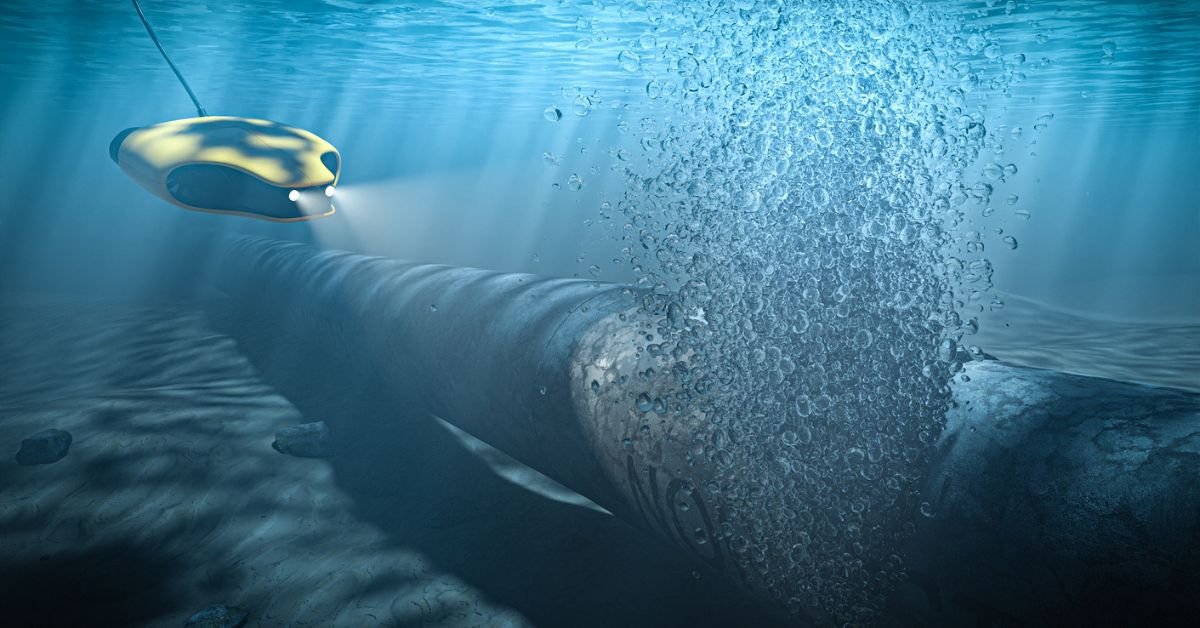Underwater critical infrastructure security, how the worlds connectivity remains vulnerable
24 October 2023
The potential sabotage of the gas pipeline that links Finland and Estonia has once again raised the issue of how vulnerable underwater critical infrastructure is. The variety of ways of causing damage to this infrastructure and the lack of adequate security is a security liability in potential hybrid warfare scenarios.
By Georgios Kostoudis, Security Analyst Intern
The recent rupture in the Balticconnector gas pipeline has once again shed light on the security vulnerabilities of underwater critical infrastructure. Just a year after the Nord Stream 1 and Nord Stream 2 underwater blasts that caused the spillage of the remaining gas from the otherwise non-operational pipelines, this new incident highlights the security gaps that exist in tracking potential dangers and guarding infrastructure that plays a paramount role in energy transportation and internet connectivity around the world.
The limited experience that countries have with securing underwater critical infrastructure is highlighted by the uncertainty that both the Balticconnector and the Nord Stream investigations faced in recognising the actor and the modus operandi used in the sabotage. Recent reports suggest that such attacks can happen in various ways, such as submarines and unmanned vehicles or even ships anchoring intentionally in those areas.
While energy supply and connectivity are the sectors with immediate exposure to seabed attacks, the maritime supply chain can also be affected by seabed attacks. Pipeline ruptures could lead to potential rerouting for ships as the clean-up process will restrict the passage where the rupture happened.
Acts of sabotage of underwater critical infrastructure such as these examples constitute hybrid warfare scenarios. In the case of Europe, underwater infrastructure is tied to the region’s economy and is spread across various sectors. Specifically, gas pipelines that transport gas from Norway, LNG terminals, windfarms and subsea cables are also vulnerable to such tactics and remain a target for potential hybrid attacks. With Europe´s commitment to diversify its energy, the scale of such infrastructure is set to increase in a few years.
Underwater infrastructure remains vulnerable and there have been recent instances in which malfunctions and ruptures carried a suspicion that they were a result of hybrid warfare. Instances such as the rupture of subsea cables that link Norway and Svalbard, the sighting of a drone that flew near Norwegian oil platforms, or the alleged mapping attempts of energy infrastructure by Russians in the North Sea are some of the many cases that can be constituted as hybrid warfare scenarios. Regions such as the Black Sea and Eastern Mediterranean could be the next target of such escalations. Countries and companies investing in underwater infrastructure will need to be increasingly mindful of hybrid warfare and to strengthen their protection capabilities and information sharing on this emerging threat.
LEARN MORE:
Want 24/7 access to unrivalled intelligence? Get a free trial of the Risk Intelligence System:
Sign up to get a two week unlimited free trial for up to five users, providing access to all incidents, assessment reports and features from vessel or desktop. Get in touch now.

